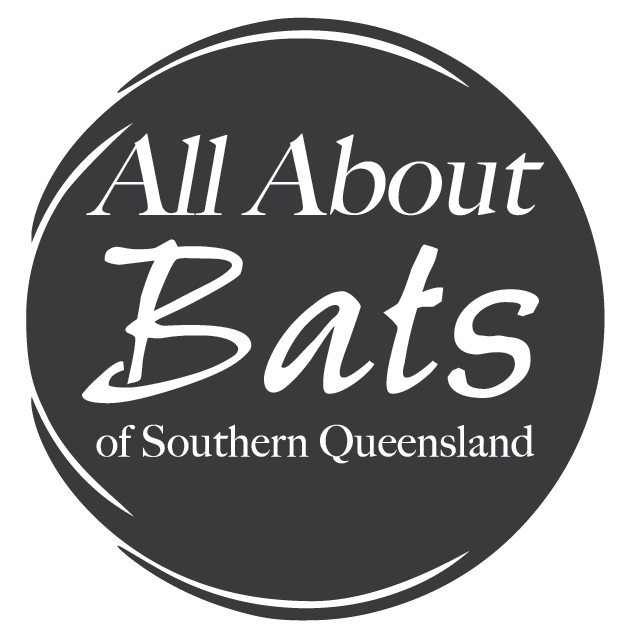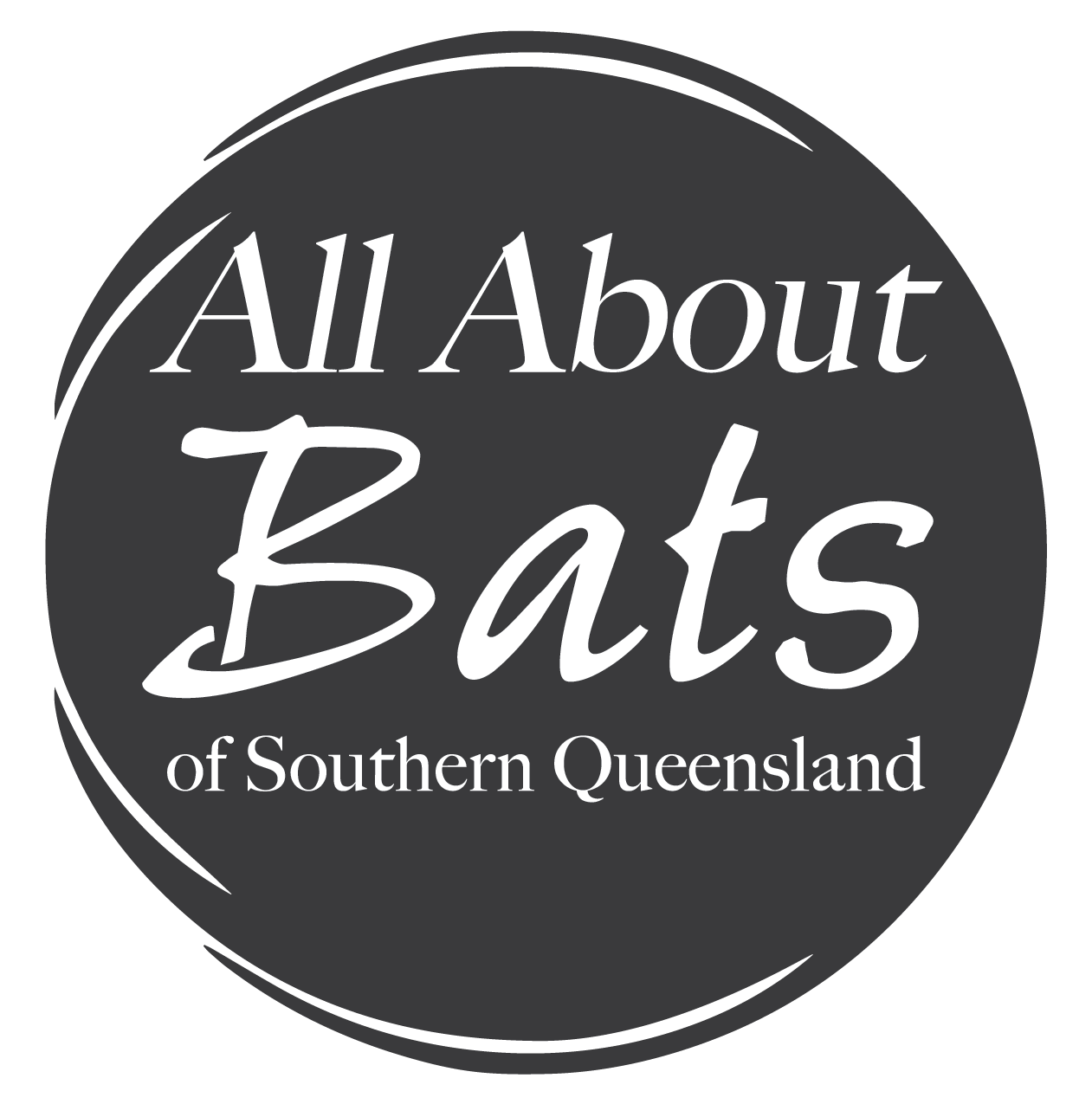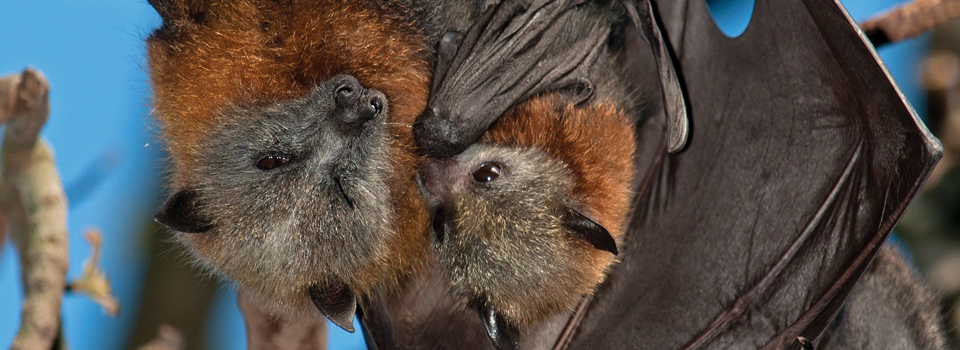This unit introduces year 4 students to flying-foxes and their importance in the environment. It introduces flying-foxes as mammals and familiarises students with the life cycle of flying-foxes and native trees. From this, students will come to realise the co-dependency that exists between flying-foxes and native trees and the need to protect both.
Lesson 4.1 Flying-foxes are mammals, not birds
Students are introduced to flying-foxes and their characteristics. The lesson introduces the flying-fox with a Dreamtime story. It then uses a quiz to ascertain what students already know about flying-foxes. Answers are discussed to ensure all students have the basic facts. Students read a fact sheet about South East Queensland flying-foxes. They discuss the flying-fox and complete a table in small groups.
Lesson 4.2 Trees need flying-foxes
Students are introduced to the life cycle of a flying-fox by reading a story and completing a diagram. They are then introduced to the life cycle of a native Australian tree and the importance of flying-foxes in that cycle. They make a flip book of the tree’s life cycle to help consolidate their knowledge.
Lesson 4.3 Protecting flying-foxes and their environment
Students consider the importance how humans are affecting flying-fox populations. They are encouraged to think about all the ways that humans are changing the life of a flying-fox by reading Gracies diary entry. This is followed up with a relay game looking at the different impacts that natural and unnatural threats have on flying-foxes and the ecosystem. Students use their newly acquired knowledge to design their own flying-fox fact sheet.


